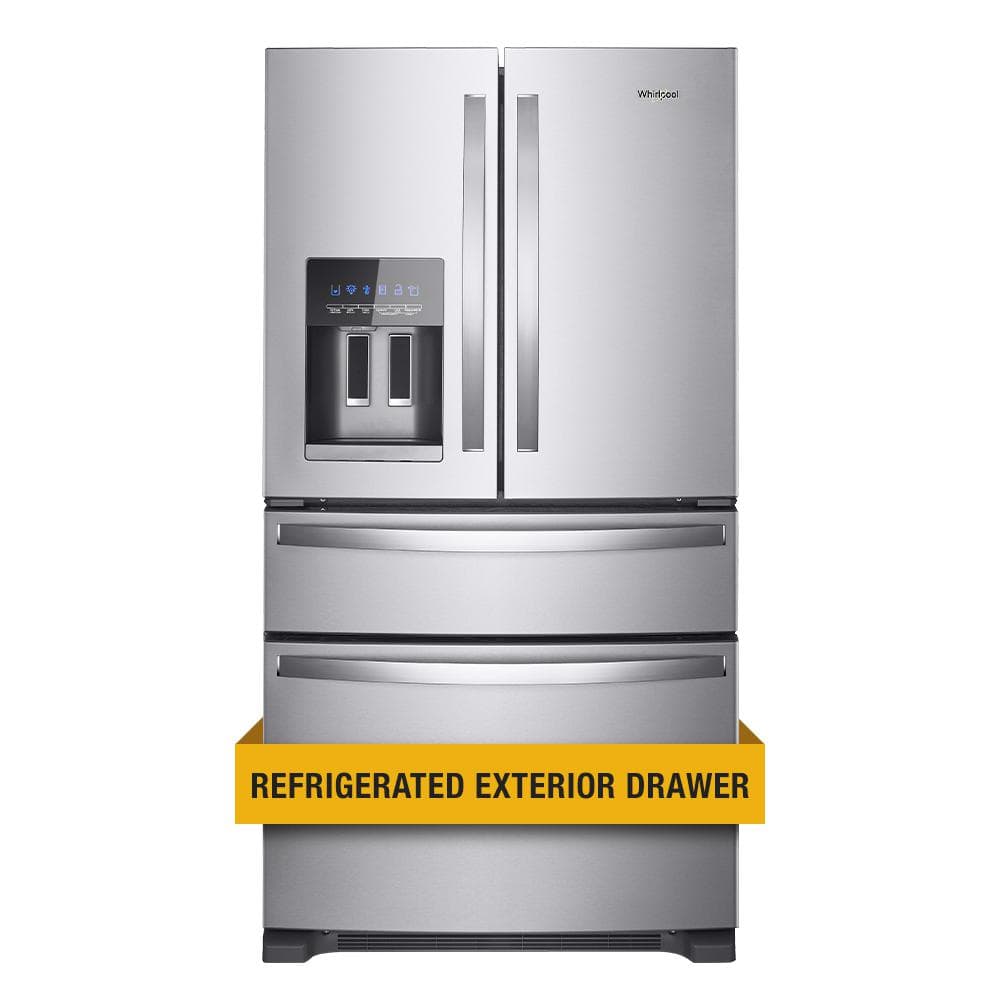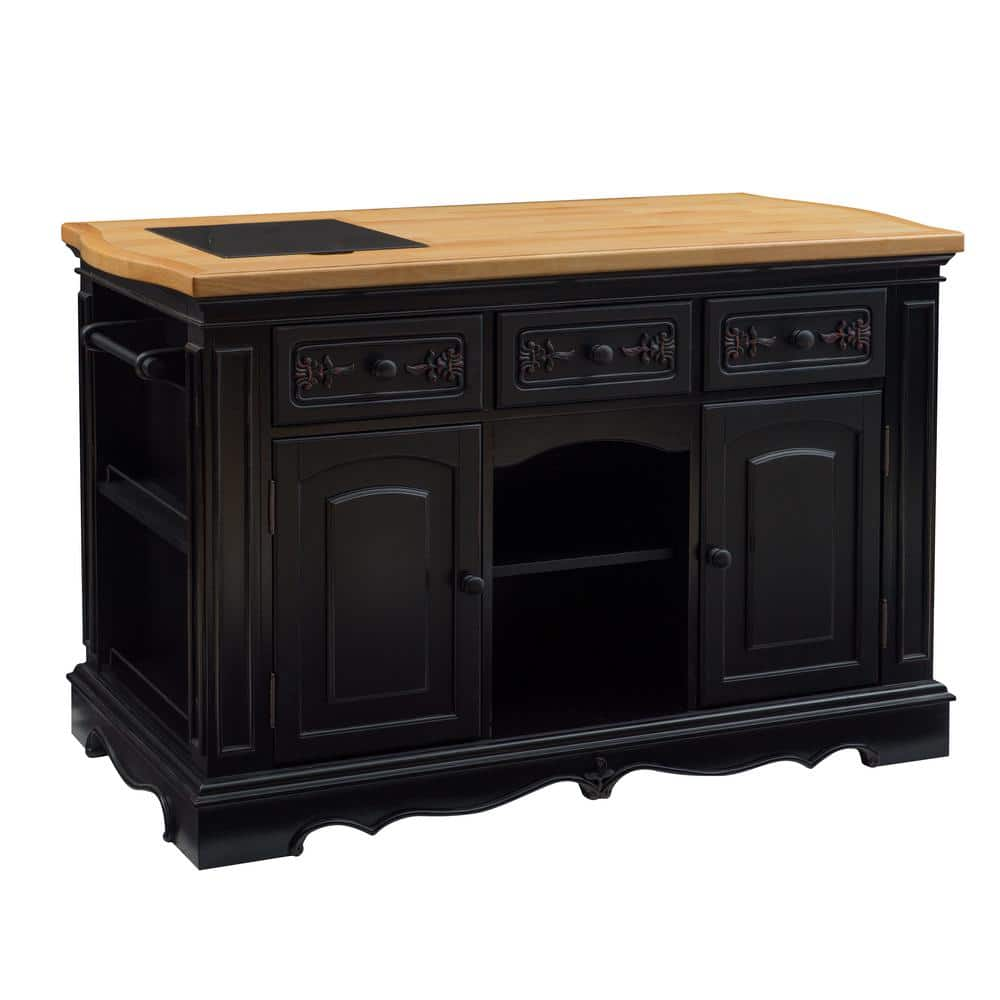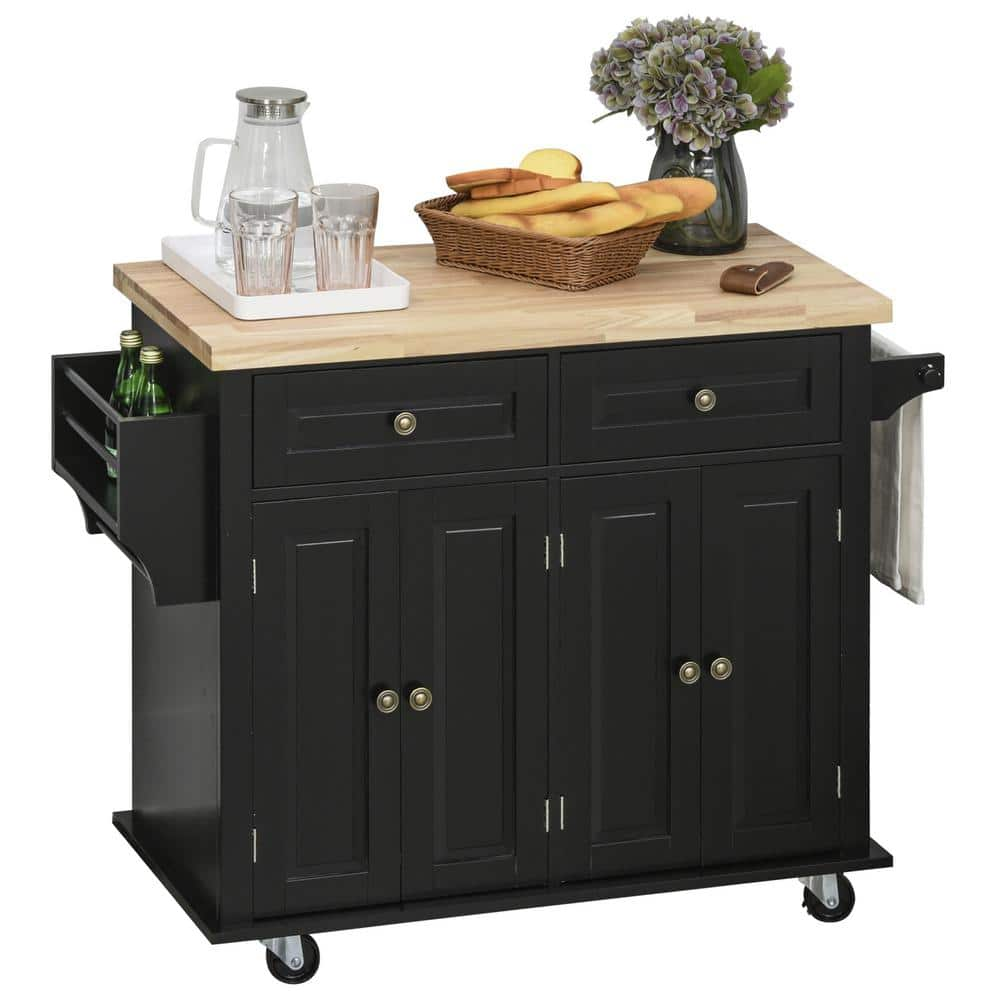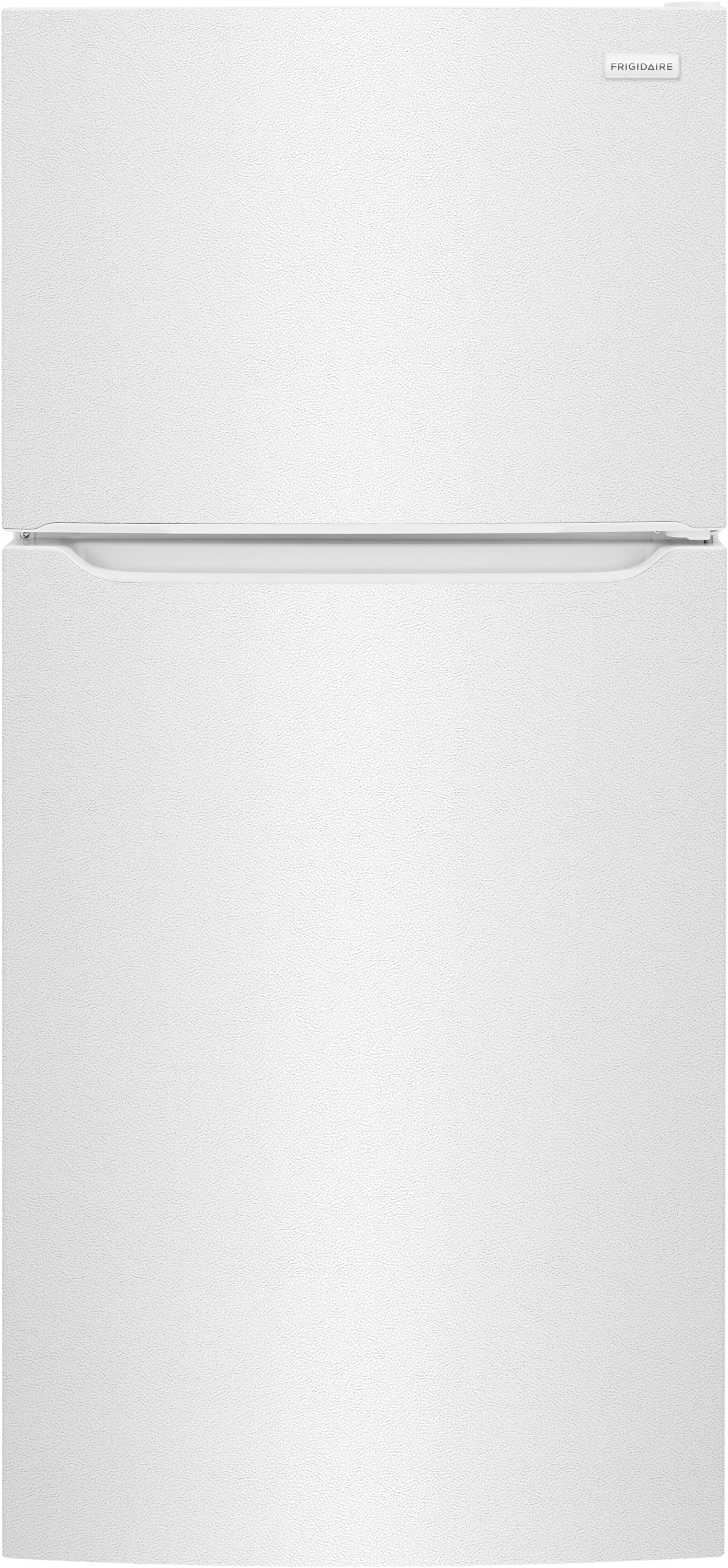Whirlpool 24.5 cu. ft. French Door Refrigerator in Fingerprint Resistant Stainless Steel
Keep items in easy reach with the refrigerated exterior drawer. Get filtered water and ice with the exterior dispenser. This appliance exceeds government standards for energy.
Get the storage you need in this refrigerator with water dispenser. An exterior refrigerated drawer keeps frequently used items within easy reach. This refrigerator with refrigerated drawers also gives you access to filtered ice and water without ever opening the door. Tap Touch controls are also as easy to clean as they are to use.
- ENERGY STAR certified models exceed government standards to help save money on your utility bills
- Exterior ice and water dispenser with EVERYDROP water filtration provides access to filtered water and ice without opening the refrigerator door. Replace your filter every 6 months to maximize the reduction of contaminants
- Keep frequently used items within easy reach with the additional refrigeration space from the refrigerated exterior drawer. Adjust temperature controls based on what you’d like to store, and use the adjustable dividers to make organization easy, too
- Convenient exterior tap touch temperature controls clean as easily as you use them
- Cool food quickly with technology that senses and adapts to create the ideal environment for food with the ACCU-CHILL temperature management system
- Simplify cleanup with spillproof glass shelves that help contain spills and prevent liquids from leaking below
- Humidity-Controlled Crispers let you store fruits and vegetables in their ideal environment
- Adjustable gallon-sized door bins move anywhere in the door for increased loading flexibility when and where you need it
- LED interior lighting keeps food looking as good as it tastes. Natural light is cast inside the refrigerator so food looks like it’s supposed to
- Easily organize frozen food with the 2 tier freezer design
- With measured fill, select the exact amount of filtered water you need. The dispenser will fill your container in ounces, cups or liters, and automatically shut off when it’s done
- Resist fingerprints and smudges with steel that easily wipes clean. Available in black stainless and stainless steel colors
- Large 17.8 cu. ft. fresh food capacity and 6.7 cu. ft. freezer capacity gives the flexible storage your family needs
Additional information
| Dimensions | H 70.13 in, W 35.63 in, D 34.63 in |
|---|---|
| Certifications and Listings | UL Listed |
| Manufacturer Warranty | 1 Year Limited |






by Matt
Great fridge. Just what we needed!
by Daniel
Like the water measuring feature. Lots of room and slide out drawer is my favorite. I’ve had it for several weeks and it meets my expectations.
by Gayanthi
Awesome refrigerator and more space in it. what I have looking for.
by Jan
Had a little over a month. Ice maker still not hooked up but having to wait on son to get time to do o that. He will get to it soon.
by John
I bought this to replace a ge fridge that kept getting 60° up at the top. This one has 40° all over. Much better. The features are great too.
by Wesley
We purchased this refrigerator for our rental property. It is roomy and attractive, plus it looks great in the newly remodeled kitchen. I like the convenience of the middle drawer. I can’t really rate it’s performance as no one has used it yet, but I’m hopeful it will perform well.